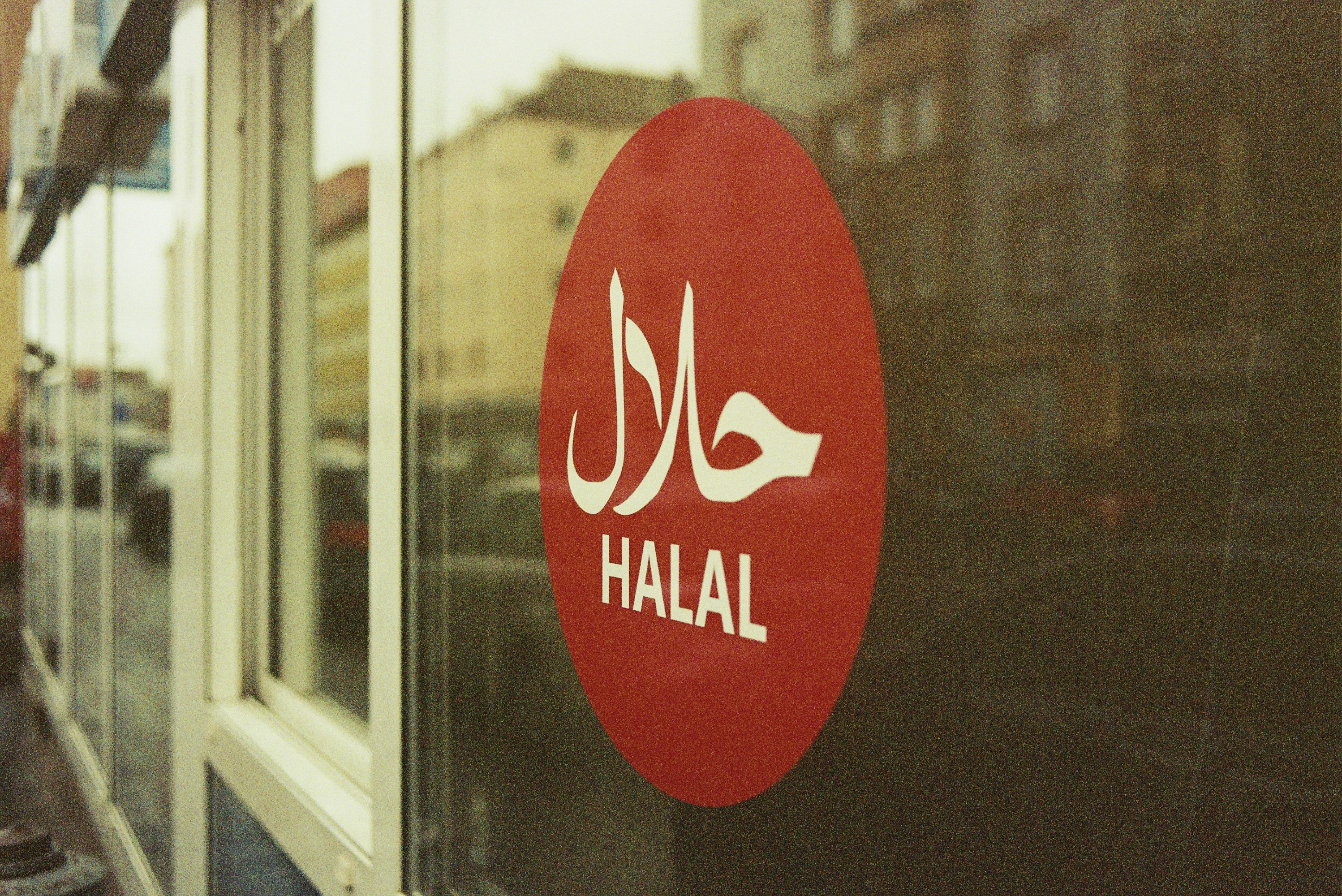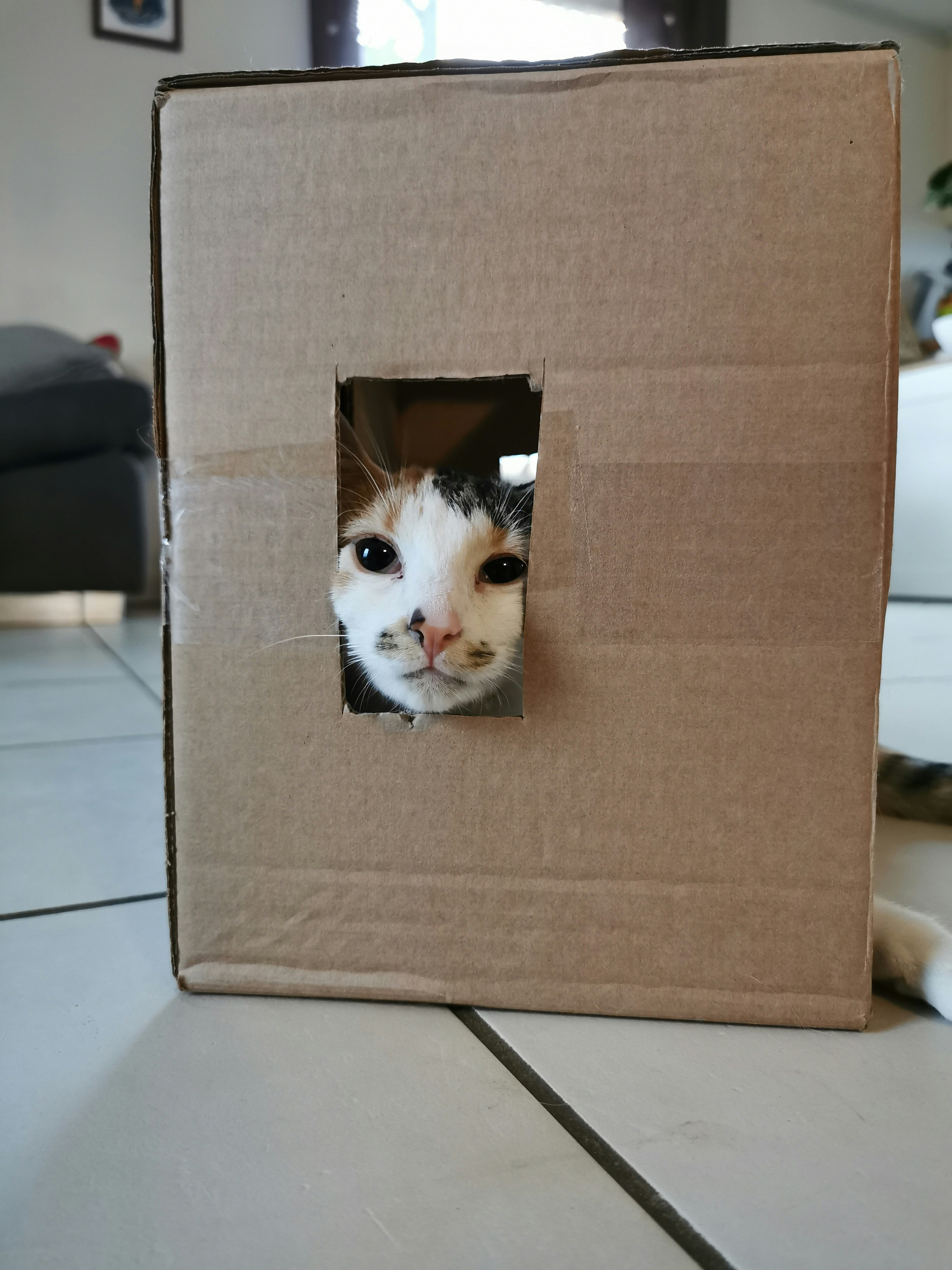
Understanding the Merger and Acquisition Landscape in the UAE Pet Industry
The landscape of mergers and acquisitions (M&A) within the UAE pet industry has witnessed significant transformation in recent years, particularly in the direct-to-consumer (DTC) segment. This phenomenon can be attributed to shifting consumer habits, growing disposable income, and an heightened awareness of pet welfare and well-being, which have together catalyzed a boom in the pet market. As a result, industry players are increasingly seeking strategic alliances and acquisitions as a means to enhance their market positioning and operational efficiencies.
Recent statistics indicate that several prominent transactions have taken place in the UAE pet DTC sector, featuring both local and international players. Major brands have synthesized their operations to create expansive offerings that appeal to the evolving demands of pet owners. This consolidation trend is driven by a combination of factors, including an increased focus on e-commerce capabilities, enhanced supply chain logistics, and the necessity for distinctive brand identities. Companies that can streamline their services and broaden their product portfolios are in an advantageous position to attract a larger customer base.
Furthermore, the unique dynamics of the UAE market make it particularly appealing for M&A activity. The pet industry has experienced substantial growth, with a rising number of households acquiring pets and a view that spending on pet care is a vital aspect of consumer budgets. Enhanced awareness of pet nutrition and health has further motivated consumers to seek out high-quality, branded products, paving the way for both established firms and emerging startups to capture market share through effective mergers.
Key players in this domain have recognized that Fusing operations can lead to cost savings, while also allowing for the exploration of innovative marketing strategies to strengthen their brand presence. Overall, the M&A activity in the UAE pet industry reflects a strategic response to the evolving landscape, one that holds promise for continued growth and enhanced consumer engagement.
The Case for OEMs: Transitioning from Manufacturers to Strong Brands
Original Equipment Manufacturers (OEMs) in the pet industry currently face a significant transition as they seek to elevate their identities from mere manufacturers to reputable and recognizable brands. This evolution is crucial in a competitive landscape where brand loyalty and consumer perception directly influence market success. The challenges OEMs face include developing a distinct brand identity, communicating their value proposition effectively, and fostering meaningful relationships with consumers.
One of the first steps in this transformation involves creating a compelling brand narrative. OEMs should articulate their stories, emphasizing their history, values, and mission. A well-crafted narrative not only draws consumers in but also evokes trust and emotional engagement. This process can be bolstered by utilizing compelling imagery, informative content, and various marketing channels to reach the target audience effectively.
To further enhance brand equity, it is essential for OEMs to prioritize consumer relationship building. This can be achieved through personalized marketing practices, responsive customer service, and community engagement initiatives. By listening to consumer feedback and adapting offerings to better meet their needs, OEMs can establish a rapport that fosters loyalty and repeat business.
Moreover, differentiation is crucial in a saturated market. OEMs can achieve this by innovating their product lines, ensuring that offerings stand out in terms of quality and features. Collaborations with influencers or engaging in strategic partnerships can also aid in amplifying brand presence and credibility. By positioning themselves as thought leaders within the pet industry, OEMs can attract both customers and investors alike.
Ultimately, the journey from being a manufacturer to establishing a trusted brand requires thoughtful strategy and execution. By focusing on creating a strong brand identity, fostering reliable consumer relationships, and effectively differentiating their products, OEMs have the potential to significantly boost brand equity and achieve double valuations in the evolving pet market.
Maximizing Valuation: Key Strategies for Growth in DTC Pet Brands
In the rapidly evolving pet industry, direct-to-consumer (DTC) brands are finding unique ways to double their valuations in a competitive marketplace. One of the most effective strategies is the implementation of targeted digital marketing tactics. Utilizing social media platforms to connect with pet owners through engaging content can significantly enhance brand visibility. Tailored advertising, leveraging user-generated content, and influencer partnerships can attract a broader audience, fostering community and loyalty among existing consumers.
In addition to marketing, optimizing e-commerce platforms is crucial for driving sales and improving customer experience. This includes facilitating seamless navigation, offering multiple purchasing options, and ensuring mobile-friendliness. A well-designed e-commerce site not only showcases products effectively but also enhances conversion rates by reducing cart abandonment through user-friendly interfaces and easy checkout processes. Furthermore, implementing subscription models for pet supplies may create steady revenue streams while building long-term customer relationships.
Product innovation is another pillar in maximizing the valuation of DTC pet brands. Understanding and catering to the evolving needs of modern pet owners can set brands apart from their competitors. Offering unique, high-quality products that address specific health, wellness, or lifestyle concerns not only attracts consumers but fosters brand loyalty. Seasonal products, specialty lines, and limited-edition releases can spur interest and sales, ultimately reflecting positively on brand valuation.
Additionally, fostering customer engagement through loyalty programs, feedback solicitation, and personalized communications can significantly improve customer retention. Utilizing data analytics allows brands to gain insights into purchasing behaviors and preferences, informing future marketing efforts and product development. By effectively implementing these strategies, pet brands can navigate the dynamic landscape, driving increased sales performance while enhancing overall valuations.
Future Outlook: The Evolution of Pet Branding and the Impacts of M&A
The pet industry in the UAE is undergoing significant transformation, largely driven by a surge in mergers and acquisitions (M&A) activity. As Original Equipment Manufacturers (OEMs) pivot towards establishing themselves as distinct brands, the competitive landscape is expected to shift dramatically over the coming years. This evolution is likely to manifest in various aspects of consumer engagement, marketing strategies, and brand positioning within the pet Direct-to-Consumer (DTC) space.
One of the foremost trends anticipated is the increasing focus on brand identity and storytelling. In an environment where pet ownership is growing, distinguishing products through branding will become critical. OEMs that invest in creating strong narratives around their products—highlighting quality, sustainability, and social responsibility—are likely to resonate more with discerning consumers. Moreover, as DTC channels become increasingly sophisticated, effective engagement through personalized marketing and community-building initiatives will be essential in fostering brand loyalty.
However, challenges remain for these evolving brands. Regulatory considerations surrounding pet food safety and quality are becoming increasingly stringent, reflecting heightened consumer awareness and demand for transparency. As companies aim to expand their footprints, navigating these regulations will be crucial to avoid potential setbacks. Additionally, the influx of new contenders into this rapidly changing market may create an oversaturated environment, intensifying competition among both established players and emerging pet DTC brands.
Looking ahead, M&A will likely continue to serve as a strategic pathway for brands seeking to enhance their offerings through diversification and innovation. As OEMs redefine their brand strategies and adapt to market demands, the resulting synergies from acquisitions will potentially elevate valuations and accelerate growth. The dynamic nature of the pet DTC sector suggests a vibrant future, with ongoing transformations poised to shape how brands engage with consumers and how their worth is perceived in the market.




